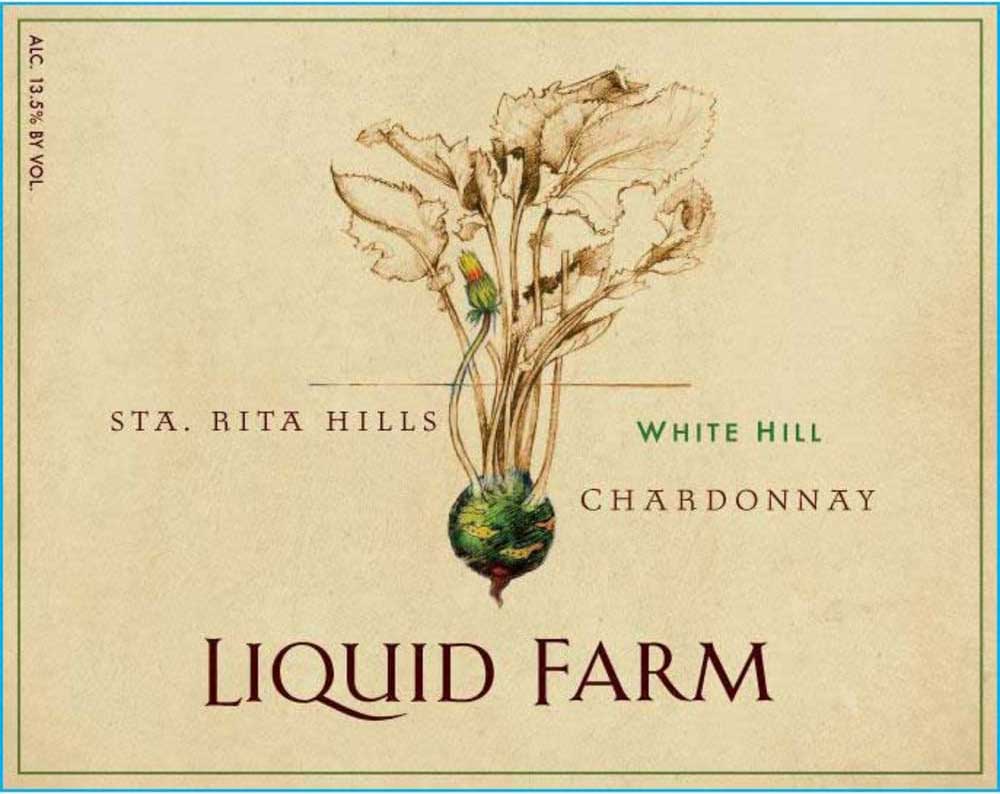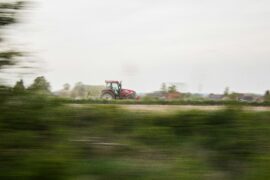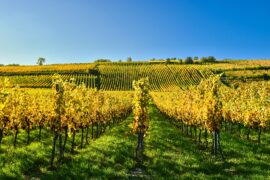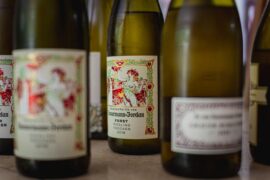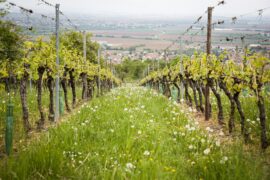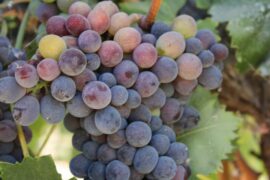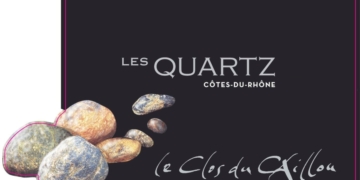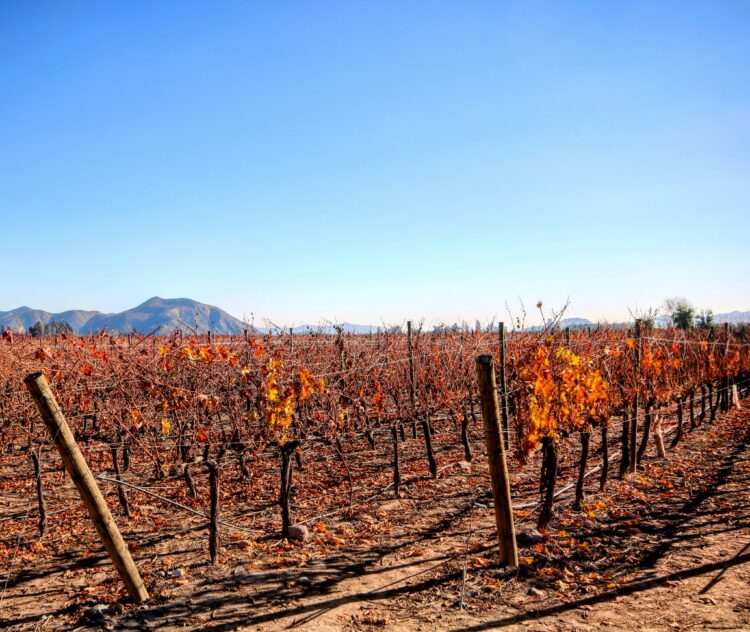Chile’s 2024 harvest has been marked by a notable contrast in weather patterns across its wine regions. While overall yields are lower, the quality of the grapes remains high, thanks to a season characterized by mild temperatures.
Unlike the extreme summer of 2023, the 2023/2024 season was defined by milder conditions. However, the most striking aspect of the 2024 harvest was the contrasting impact of weather on the northern regions versus the central and southern parts of the country.
Oceanic Influence
With the El Niño phenomenon transitioning in 2023, ocean temperatures rose by 1–1.5 degrees, leading to a milder winter in Chile, explains Marcelo Papa, technical director at Concha y Toro. This resulted in varied budding patterns, increased cloud cover, reduced sunlight, and a rainy winter. These conditions persisted post-budburst, causing slow ripening.
A Tale of Two Harvests
According to Andrea Calderón Vásquez, oenologist at 1865 Wines, it was almost like there were two separate harvests—one for the north and another for the central and southern regions. The northern harvest was advanced by 15 to 20 days, while in the central and southern regions, grape picking began 20 days later than usual.
Northern Chile: Quick and Dry
In Limarí, a short and mild winter caused vines to bud three weeks earlier than usual, said Héctor Rojas, viticulturist at Tabalí. The north experienced a dry season due to the South Pacific High, which limited rainfall. This resulted in reduced irrigation and yields around 20% lower than normal. However, increased cloud cover helped prevent overripeness in varieties like Chardonnay and Sauvignon Blanc.
In Elqui, high summer temperatures accelerated ripening. Winemaker Gabriel Mustakis noted that the harvest occurred up to 15 days earlier than usual, with rapid fruit development, excellent concentration, higher alcohol levels, and balanced ripeness.
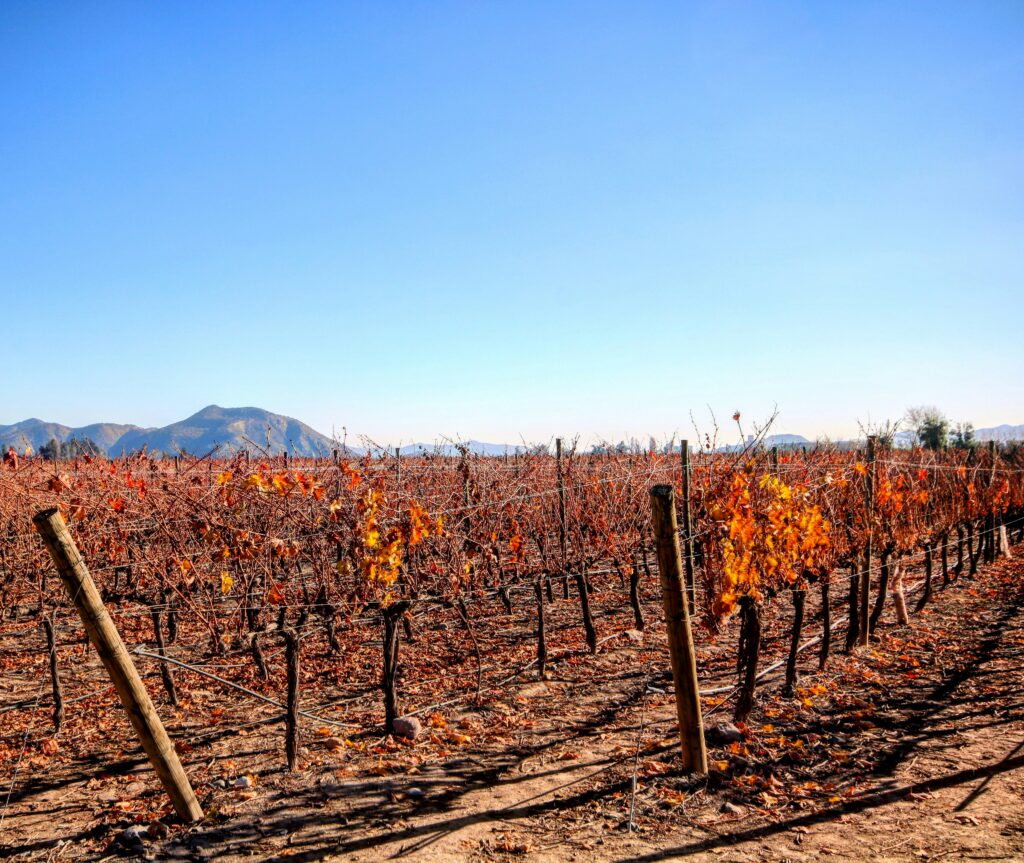
Central and Southern Chile: Slow and Wet
Aurelio Montes of Viña Montes described the 2023/2024 season as one of the strangest he’s experienced, with high winter temperatures and rainfall, followed by a cold, damp spring. This led to weak fruit set and delayed ripening. The trend of low temperatures continued into summer, further slowing growth.
In Maipo, the year was notably cold and cloudy, resembling Bordeaux conditions, said Papa. The cooler end of 2023 was followed by a hot January and February, causing uneven ripening. Early-ripening varieties like Cabernet Franc were delayed by two to three weeks, while the cool spring impacted yields for later-ripening varieties like Carmenère. Despite the challenges, the end result was balanced, with moderate alcohol levels, elegant tannins, and good freshness.
In Leyda, Vásquez reported that the cold spring led to lower yields. Despite uneven early development, the harvest date was similar to previous years, with healthy fruit due to sparse bunches and prevalent breezes.
In Malleco, the southernmost wine region, a cool spring delayed fruit development, and heavy rainfall in March added to the challenges. However, the resulting Pinot Noir boasts lower alcohol levels and good acidity.
Chile’s 2024 vintage may have seen yields drop by 10 to 15% due to the unusual weather, but the quality of the grapes remains high, promising an excellent wine production year.



